Horticulturists Share How To Grow Hawthorn – The Native Shrub That Helps Support Wildlife
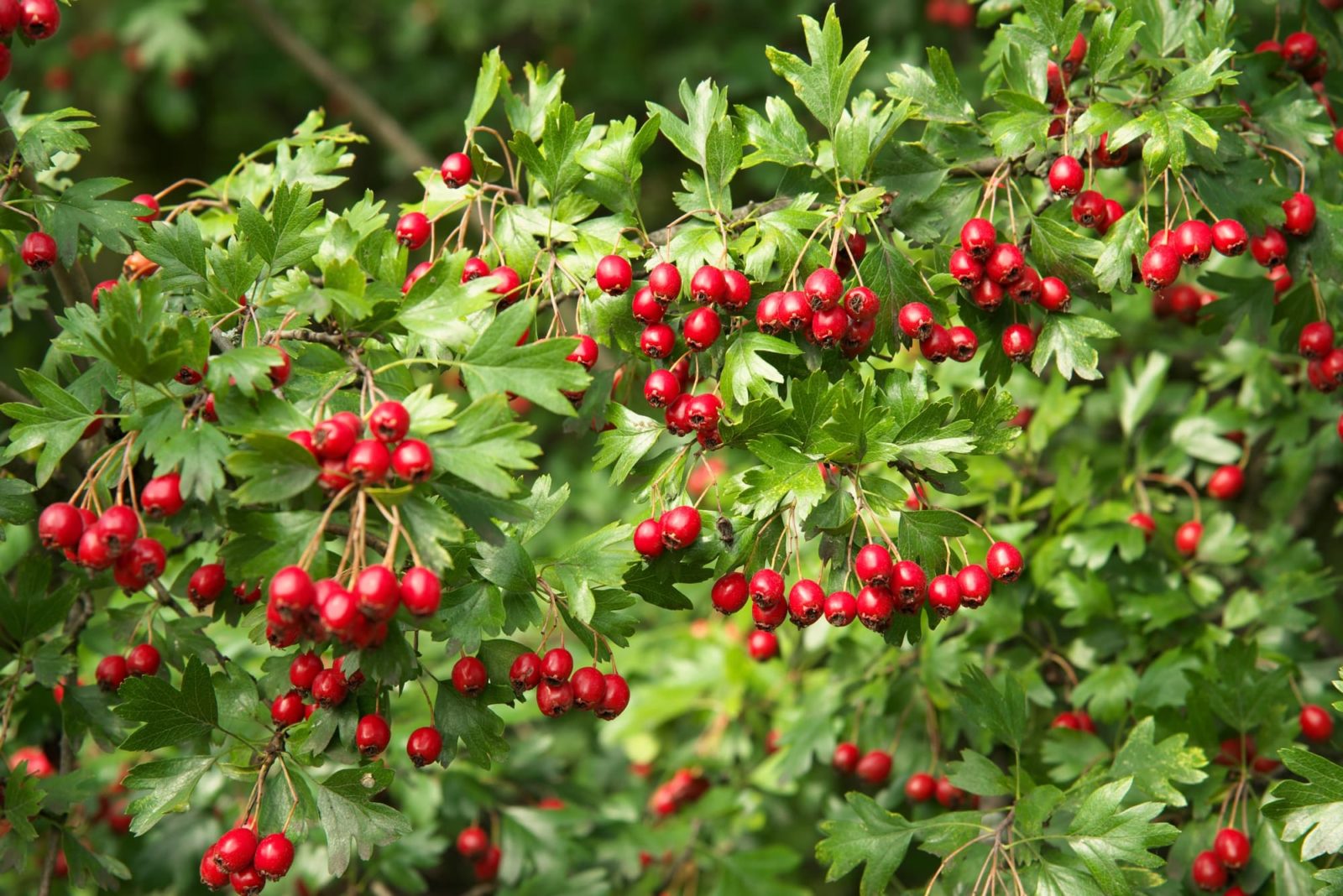
SHRUBS > HAWTHORN

Elizabeth is a Permaculture Garden Designer, Sustainability Consultant and Professional Writer, working as an advocate for positive change. She graduated from the University of St. Andrews with an MA in English and Philosophy and obtained a Diploma in Applied Permaculture Design from the Permaculture Association.
Reviewed By DAN ORI

Dan has over 27 years’ under his belt caring for plants and gardens. Working as a Horticultural Instructor and Consultant, he draws on a diverse range of experience that includes working as a Head Gardener, Tree Surgeon, Garden Centre Trouble Shooter, and writer of academic papers. Dan has a Level 3 Diploma in Horticulture and is currently a candidate for the RHS’s most prestigious award – The Master of Horticulture.
Contributions From DARREN LERIGO

Topiary Artist based in the UK who is a member of the European Boxwood and Topiary Society and is the founder of Modern Mint. Having worked all over the UK and in New York, Darren has been featured in articles by The Guardian and has featured in Garden Masterclass videos on YouTube. He is also currently writing a book entitled ‘Modern Topiary’.

Sarah Eberle was named an RHS Horticultural Hero in 2022 for her work in Garden Design, having been awarded a record TWENTY Gold Medals at RHS Flower Shows. Sarah is a Chartered Landscape Architect and a member of the Society of Garden Designers, of which she won their Lifetime Achievement Award in 2022.
IN THIS GUIDE
HAWTHORN GUIDES
Hawthorns are beautiful, deciduous native shrubs that can make a great addition to many UK gardens.
They are particularly useful for those who wish to attract plenty of wildlife to their gardens and are a great choice if you want to boost biodiversity where you live.
“My favourite plant would have to be Hawthorn as the harbinger of spring, with its roots in ancient Britain and mythology,” shares RHS Horticultural Hero Sarah Eberle.
Overview
| Botanical Name | Crataegus monogyna |
| Common Name(s) | Hawthorn |
| Plant Type | Shrub / Tree |
| Native Area | Europe including the UK |
| Hardiness Rating | H7 |
| Foliage | Deciduous |
| Flowers | Creamy white flowers followed by dark red berries |
| When To Plant | November to March |
| When To Prune | Summer |
Sunlight
Preferred
Full Sun or Part Shade
Exposure
Exposed or Sheltered
Size
Height
4 – 8M
Spread
4 – 8M
Bloom Time
May to June
Soil
Preferred
Most fertile soils
Moisture
Moist but well-drained
pH
Any
Hawthorn is a great plant for those who want to choose native plants to support our native wildlife.
The young leaves are also edible to use too and the haws can be used in hedgerow preserves, making hawthorn a good choice for a food-producing garden too.1Hawthorn. (2021, May 13). Wild Food UK. Retrieved March 31, 2023, from https://www.wildfooduk.com/edible-wild-plants/hawthorn/
Hawthorns are also useful in our garden designs.
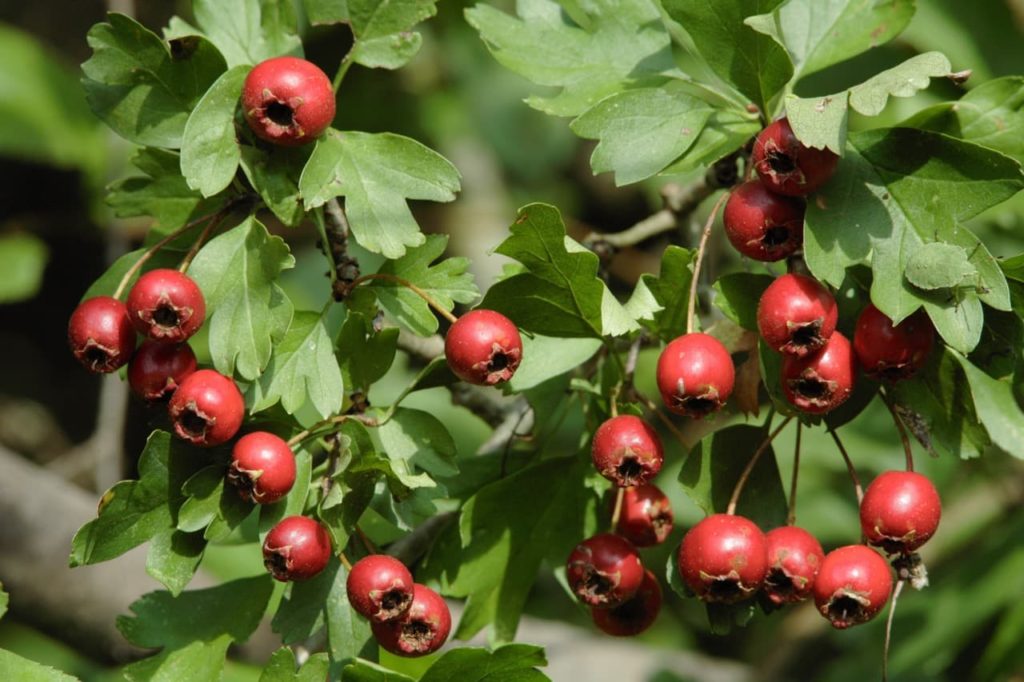
Darren Lerigo from the European Boxwood and Topiary Society loves growing Hawthorn as a topiary plant, as its fast-growing nature and beautiful flowering habits mean that it is a great native choice.
They make excellent habitats for birds with their dense and thorny habit, but this also makes them useful for a secure boundary, a screen or a windbreak hedge.
While very popular for use in hedgerows, they can also make great stand-alone specimen trees and, since they won’t grow too tall, they can be a good choice for smaller gardens.
Common Varieties
Arguably, the best type of hawthorn to grow in the UK is Crataegus monogyna, our native hawthorn and the focus of this guide.
There are, however, also many other species within the same genus that can also be interesting choices for a UK garden.
C. laevigata, C. tanacetifolia, C. persimilis, C. schraderiana and C. viridis are all good choices.
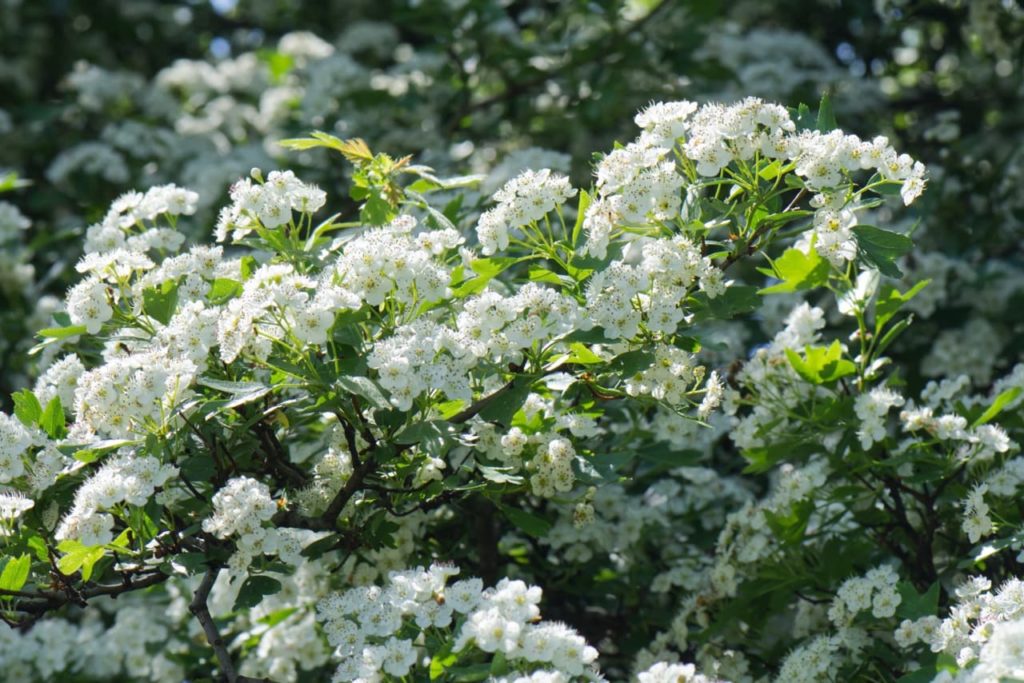
Even once you have decided which hawthorn species to grow, you will need to consider whether a named cultivar will be right for you, as there are a number to choose from.

There are cultivars that grow into large trees, small trees or even dwarf types that grow into small trees or shrubs.
Selecting the right cultivar and species for your particular garden can help suit your intended use for the plant.
How To Grow Hawthorn
Hawthorn is a plant that is relatively unfussy about its location and can find an appropriate place in many different gardens.
Preferred Site
Hawthorn can be grown in full sun or partial shade and in an exposed or sheltered location.
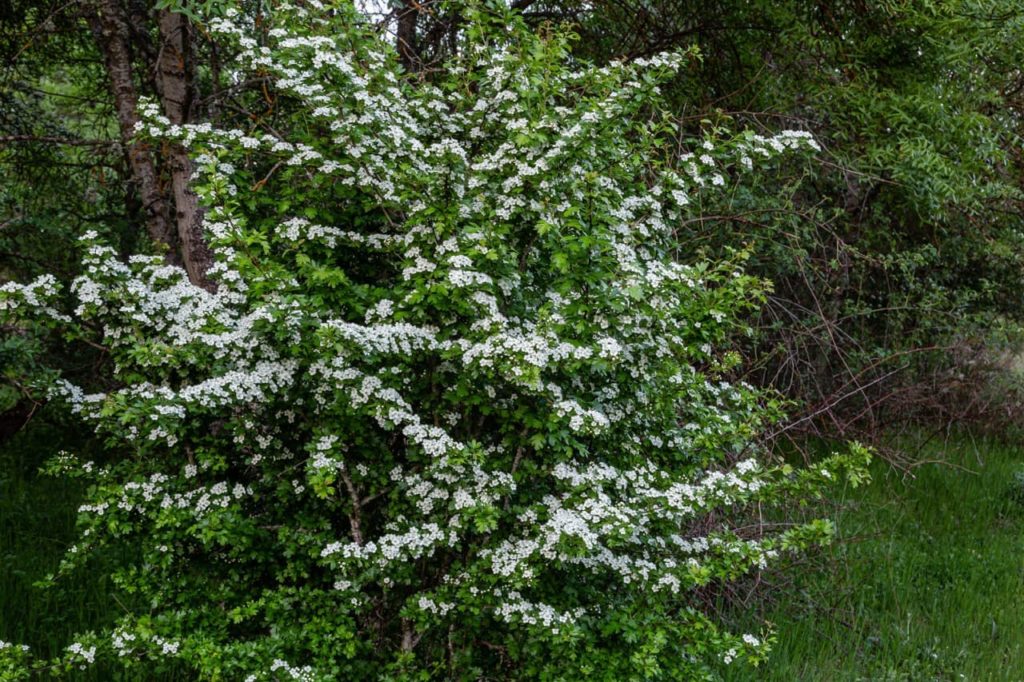
They are relatively easy to find a place for in many gardens, whether you are creating a hedge or hedgerow, or finding a place for a stand-alone tree.
Soil Requirements
When it comes to the soil too, hawthorn has very few very firm requirements.
It will grow well in a wide range of different soil types as long as it does not become waterlogged.
It should be moist but free-draining or free-draining for the best results.
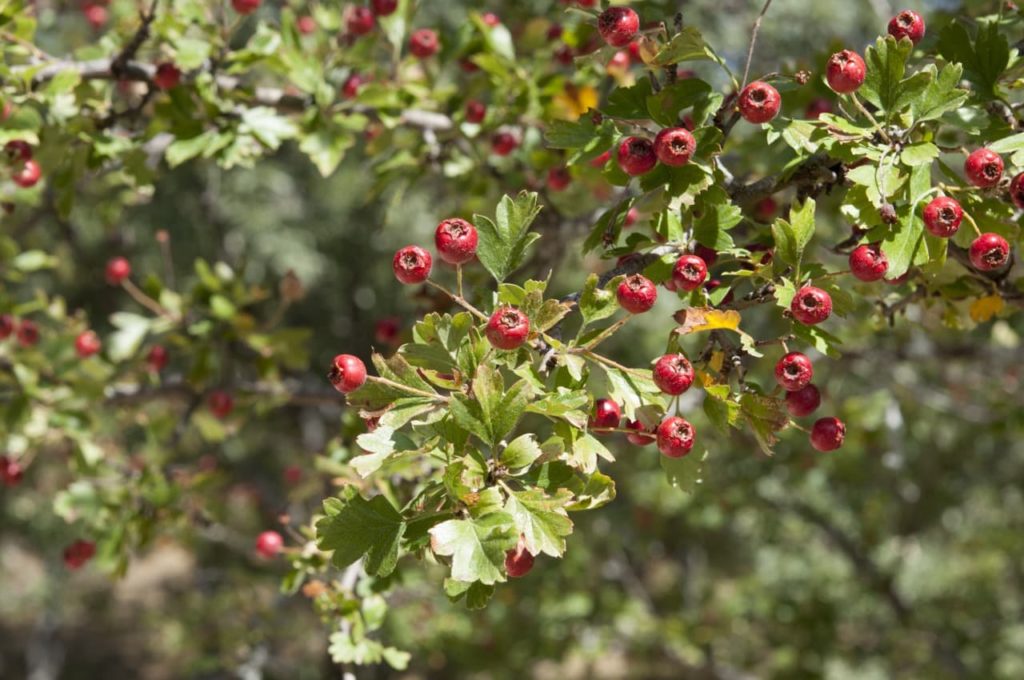
If you have heavy clay soil, it is suitable for growing hawthorn but it should be amended with plenty of organic matter before planting.
Hawthorn is fine with a range of pH levels too, doing well in most soils whether they are acidic, alkaline or neutral.
Planting Guidelines
Hawthorn trees or shrubs can be purchased as bare root plants or in pots.
Choosing bare root specimens is typically the best policy when planting hawthorn in your garden or in hedging on your property.
It is not only slightly more affordable but also typically leads to plants establishing more successfully and quickly.
Hawthorns are best planted out during the dormant period between November and March, whether you choose bare-root plants or not.
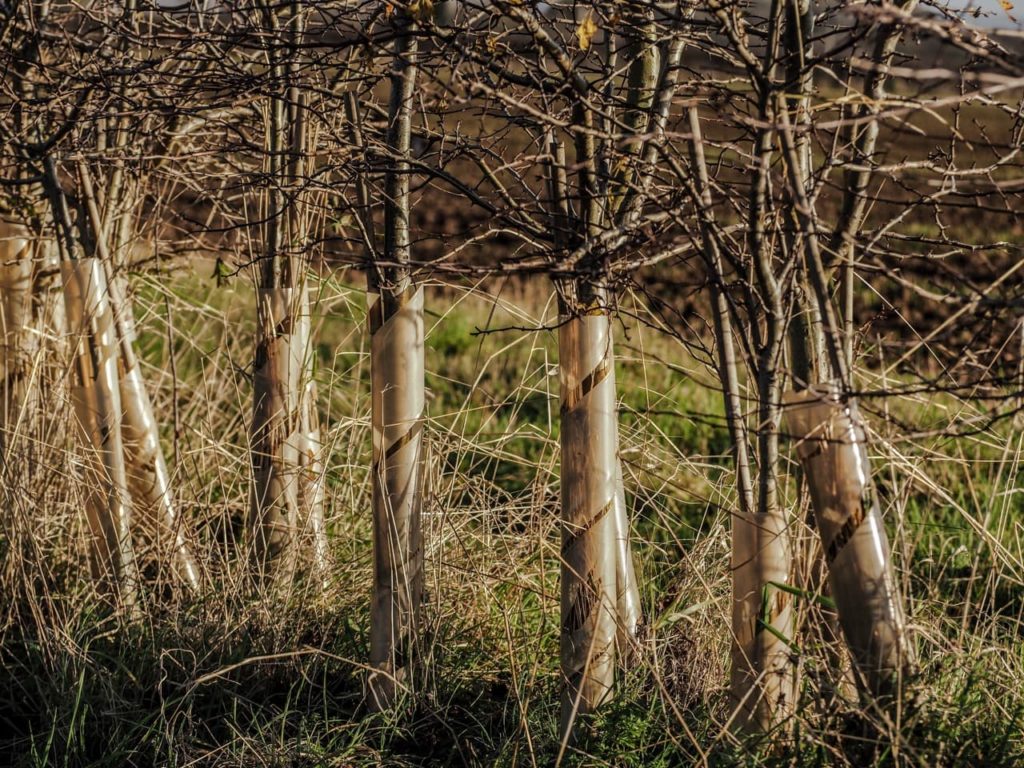
While plants in pots are available throughout the year, these may not establish as well when planted out in summer.
When planting hawthorn, as when planting other trees or shrubs, first make sure that you have prepared the area, adding organic matter and clearing any persistent weeds .
Next, dig your planting hole.
Be sure to make this the same depth as the existing root ball and at least twice as wide.
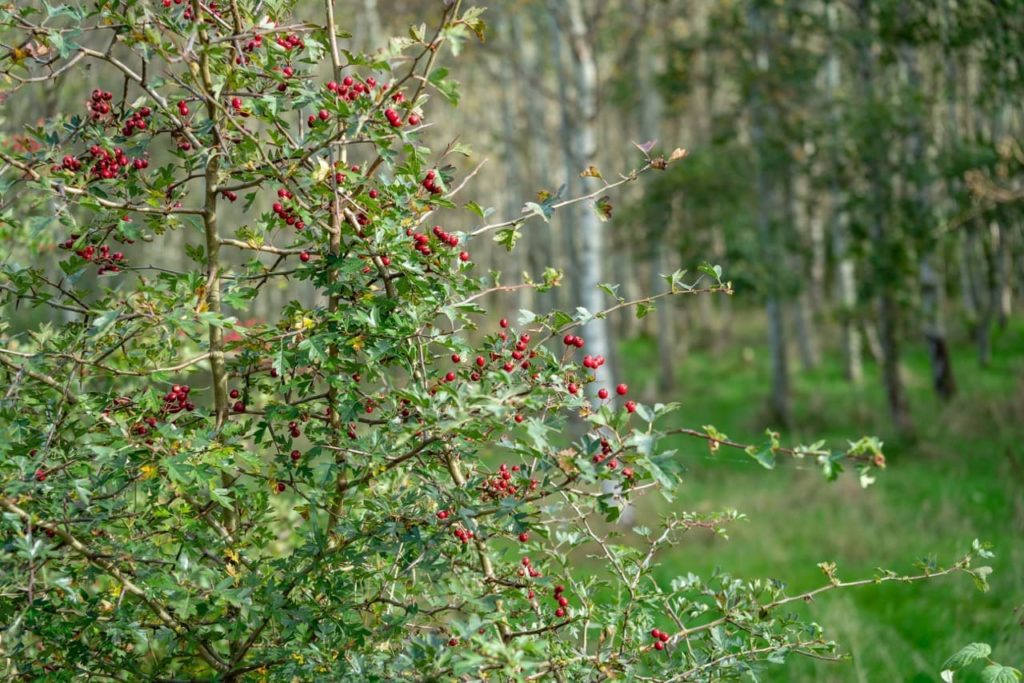
In some cases, it may be beneficial to add mycorrhizal fungi to the planting hole when planting hawthorn, as it can be when planting other trees and shrubs.2Mycorrhizal fungi. (n.d.-b). Royal Horticultural Society. Retrieved March 31, 2023, from https://www.rhs.org.uk/biodiversity/mycorrhizal-fungi
Place the hawthorn plant into the hole, spreading out the roots within it, then fill the soil back in around the roots and firm it into place.
Water in your new hawthorn, then mulch around the base of the plant with organic mulch, but take care not to mound it around the base of the trunk or stems.
Growing As Hedging
When grown as hedging, hawthorn is typically planted at quite a wide spacing, around 80-100cm between plants.
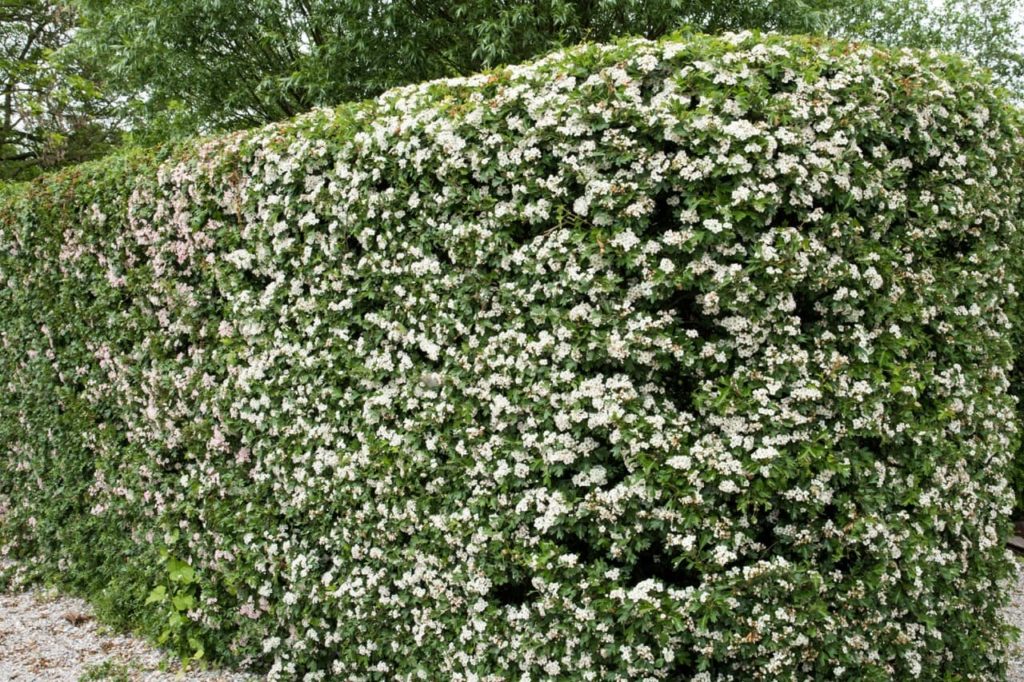
It is often used in mixed hedgerows, with other native species interspersed.
This is a great idea because it boosts biodiversity and attracts an even wider range of native wildlife than simply using hawthorn on its own.
Hawthorn Plant Care
Hawthorn can definitely be a great low-maintenance plant for a UK garden, generally requiring little care.
However, this will only be true if you choose a suitable spot to grow this plant in the first place and provide it with the right care during the establishment phase.
Sunlight
Hawthorn, as mentioned above, is not too fussy about how much sunlight it receives.
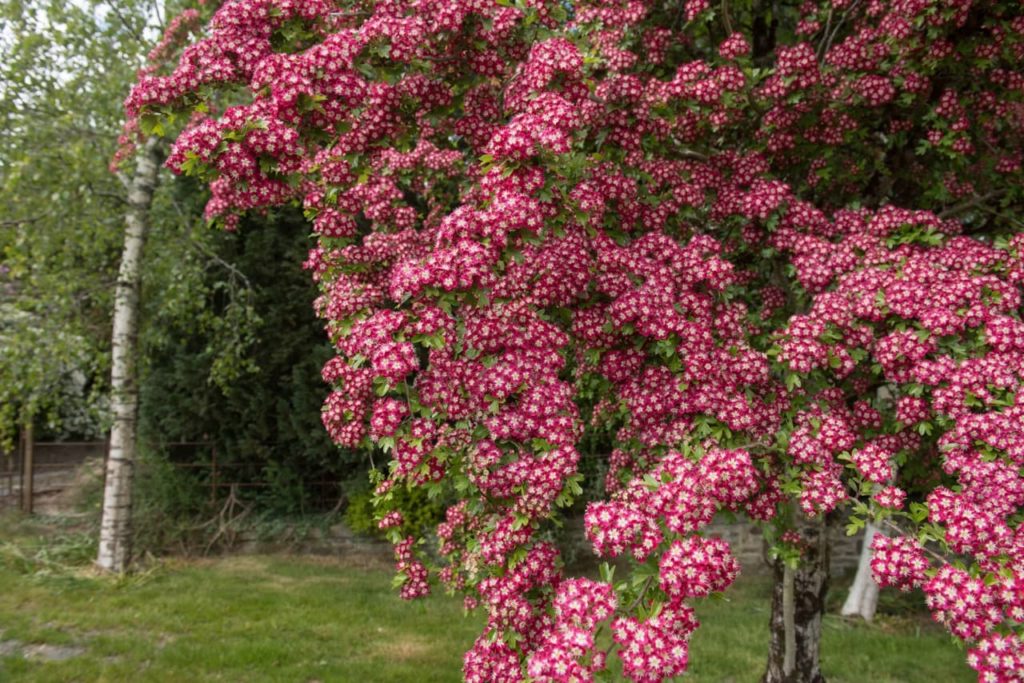
It can do well in full sun or in dappled or partial shade.
The only spots to avoid are those that are too deeply shaded, as hawthorn will not flower or fruit as well where there is deeper shade.
Watering
Hawthorn should be watered well upon planting and it is important to keep watering regularly during dry spells as the plant establishes itself in your garden.
Once it is well rooted and has established well, in most areas natural rainfall will be sufficient for your hawthorn and you will not have to water anymore, except for during the most serious of droughts.
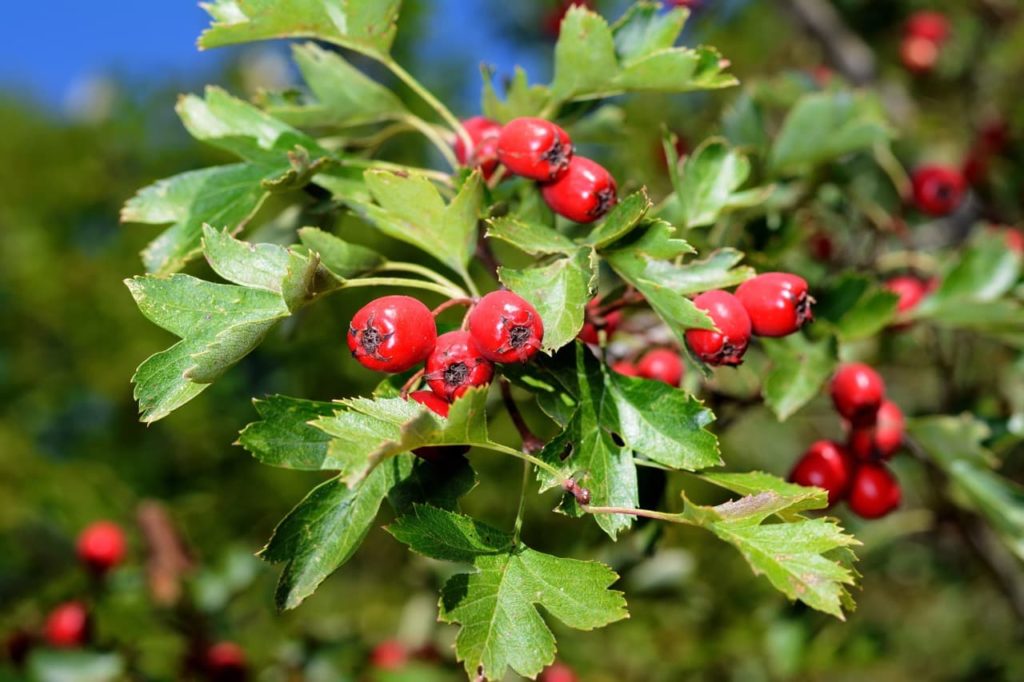
The only exception to this is where you are growing hawthorn in a container, in which case you will need to water regularly to ensure that you keep your hawthorn happy and healthy.
Feeding
Hawthorns growing in the ground will require moderately fertile and healthy soil, but will not typically need additional feeding where the soil is adequate.
However, if the growth seems poor during establishment, you can add a general-purpose organic fertiliser such as blood, fish and bone around the plants in early spring to boost their growth.
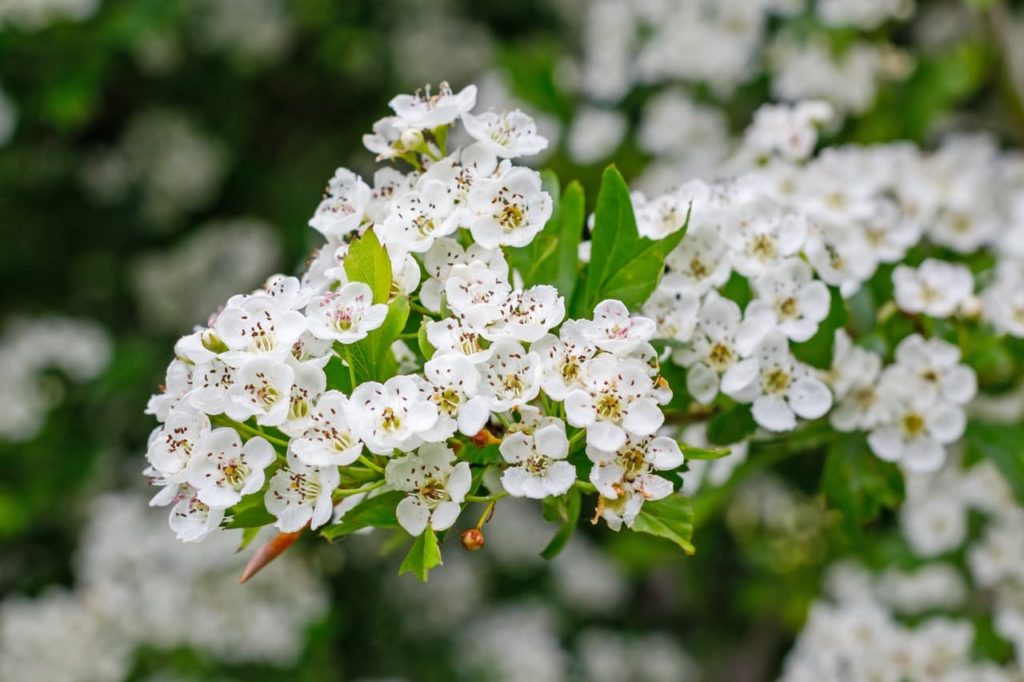
This should not continue once the hawthorn is well established.
Common Problems
Hawthorn does not tend to be particularly prone to problems, but it can get a number of fungal infections or fall prey to certain pests like deer and rabbits, caterpillars and aphids on occasion.
Encourage natural biodiversity in your garden and this will help to keep pest populations under control through natural predation.
“One of the notable problems hawthorns can suffer from is fireblight, which is a bacterial disease (Erwinia amylovora) that mainly affects members of the Rosaceae family,” shares Master Horticulturist Dan Ori.
“Plants that can be affected include apples and pears which is why it is often avoided as a hedgerow species in orchards.”
References
- 1Hawthorn. (2021, May 13). Wild Food UK. Retrieved March 31, 2023, from https://www.wildfooduk.com/edible-wild-plants/hawthorn/
- 2Mycorrhizal fungi. (n.d.-b). Royal Horticultural Society. Retrieved March 31, 2023, from https://www.rhs.org.uk/biodiversity/mycorrhizal-fungi
